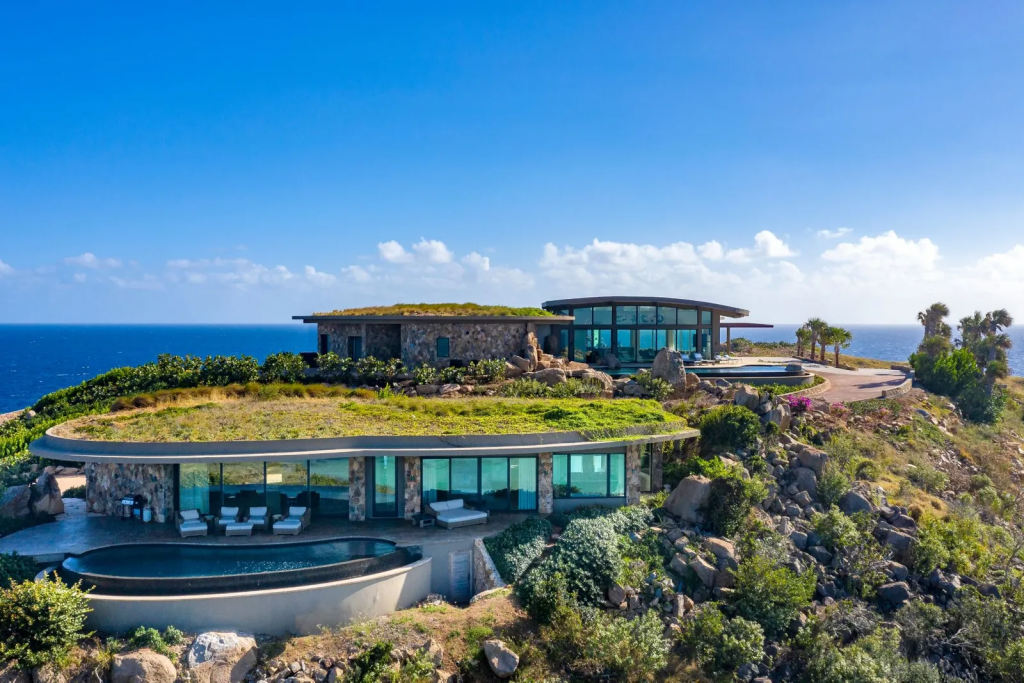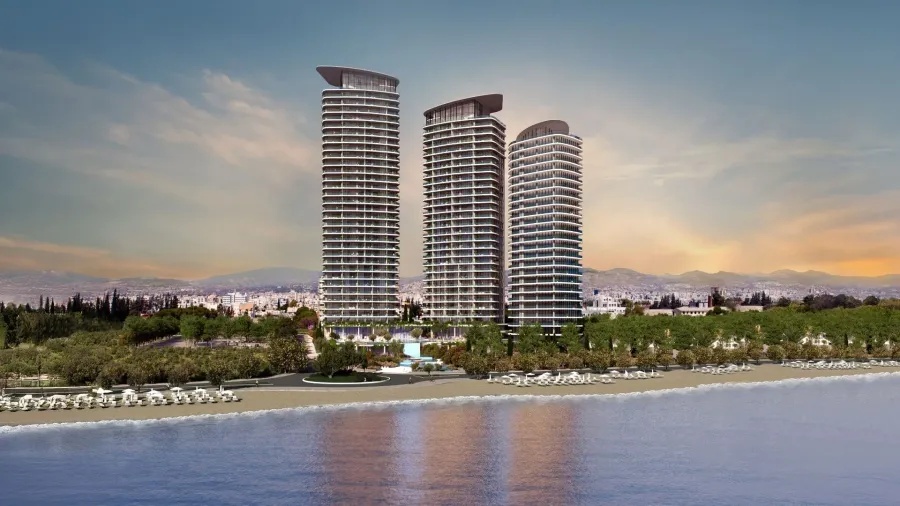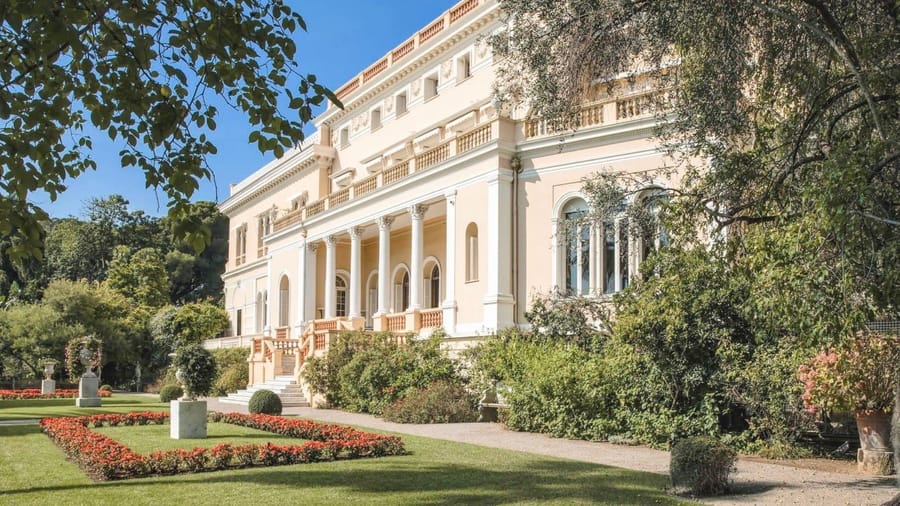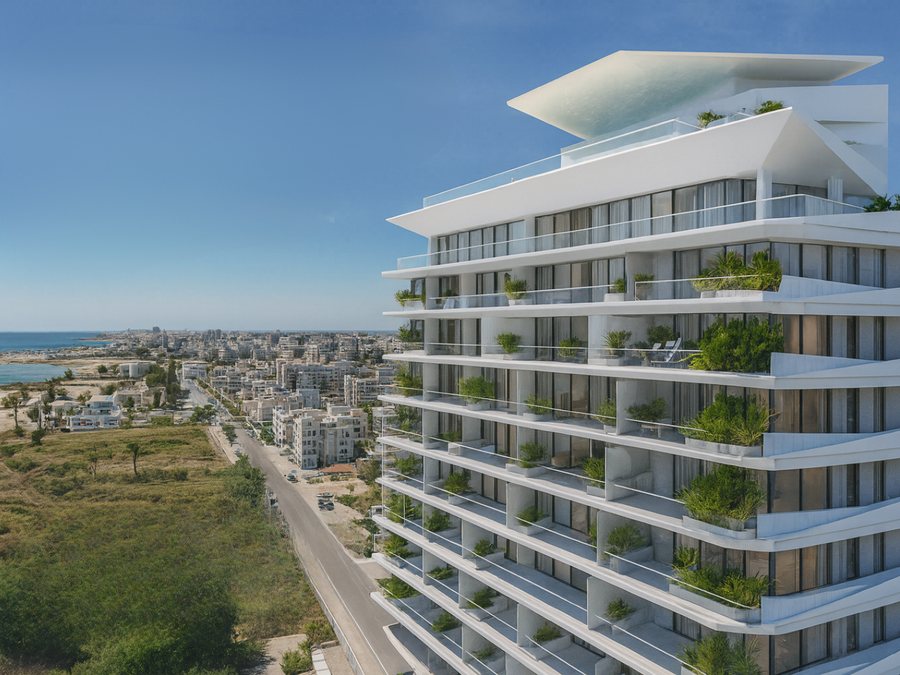Architecture has long since stopped being merely about providing a roof over one’s head. Today, it is a game of imagination, technology, and the courage to bring to life ideas that once existed only on the pages of science fiction. Across the globe, there are homes that look as if they have been dropped into our world from the future. Here are 12 striking examples.
1. Floating Seahorse Villas, Dubai
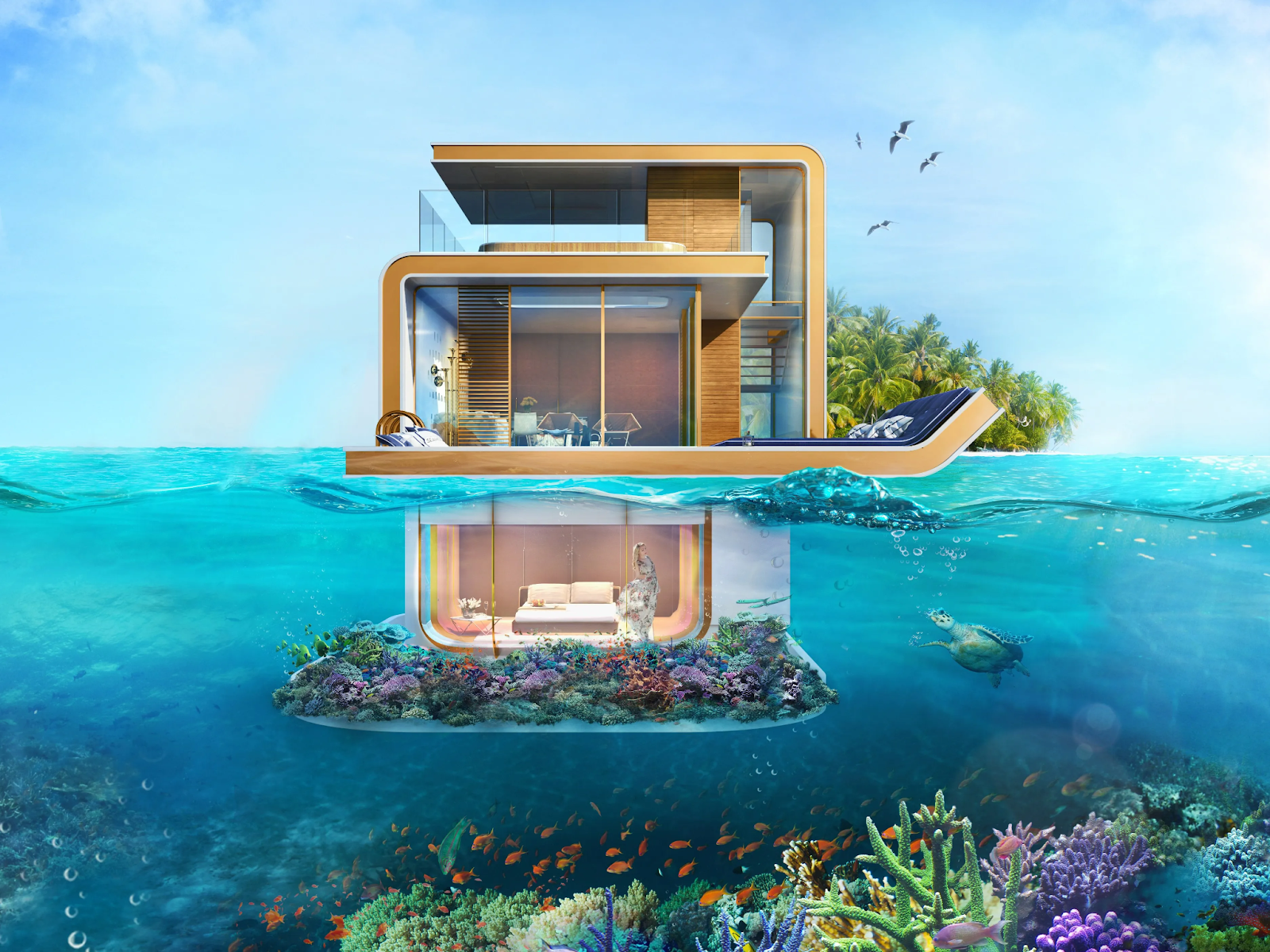
The famous “Floating Seahorses” are three-storey villas within The Heart of Europe development. The most impressive feature is the underwater bedroom with glass walls, offering a direct view of corals and marine life in the Persian Gulf. Above water you’ll find a panoramic terrace, Jacuzzi, and private access to the sea. Prices start at around $2 million.
These villas represent a new kind of luxury for the 21st century: not simply living by the water, but within it. They combine bold design, engineering innovation, and Dubai’s flair for marketing itself as the world capital of futuristic architecture.
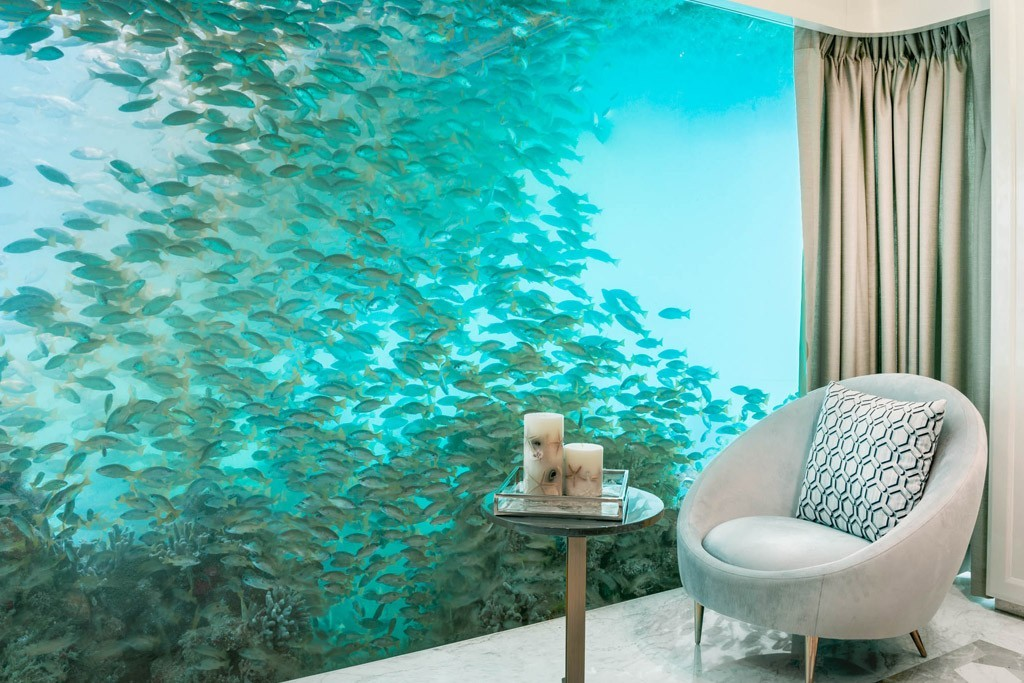
2. Futuro Houses, various countries
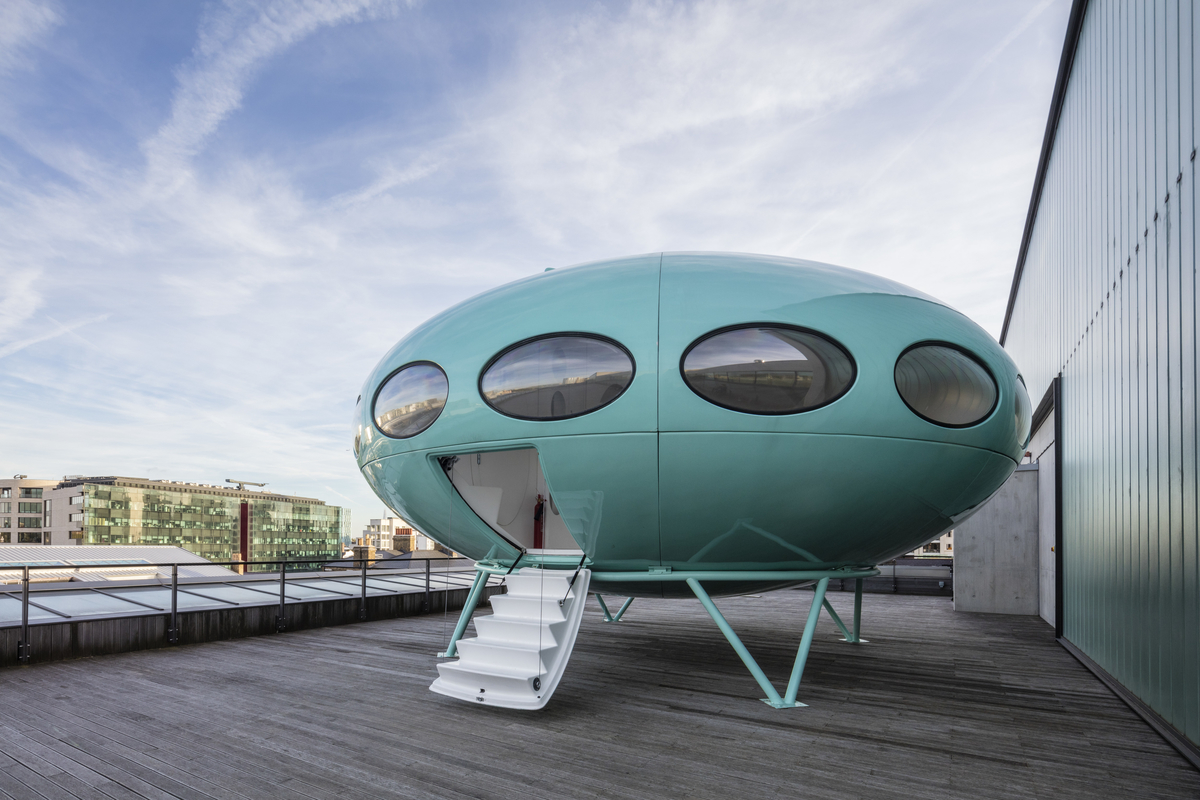
Finnish architect Matti Suuronen designed a series of homes in the 1960s shaped like flying saucers. Made from fibreglass, lightweight and transportable, they looked like capsules from another world, ready for extraterrestrial living.
Only just over a hundred were ever built, and examples can still be found in Finland, the United States, and New Zealand. Some are held by collectors, others are open to curious visitors. They remain a cult example of “retro-futurism” that continues to inspire designers today.
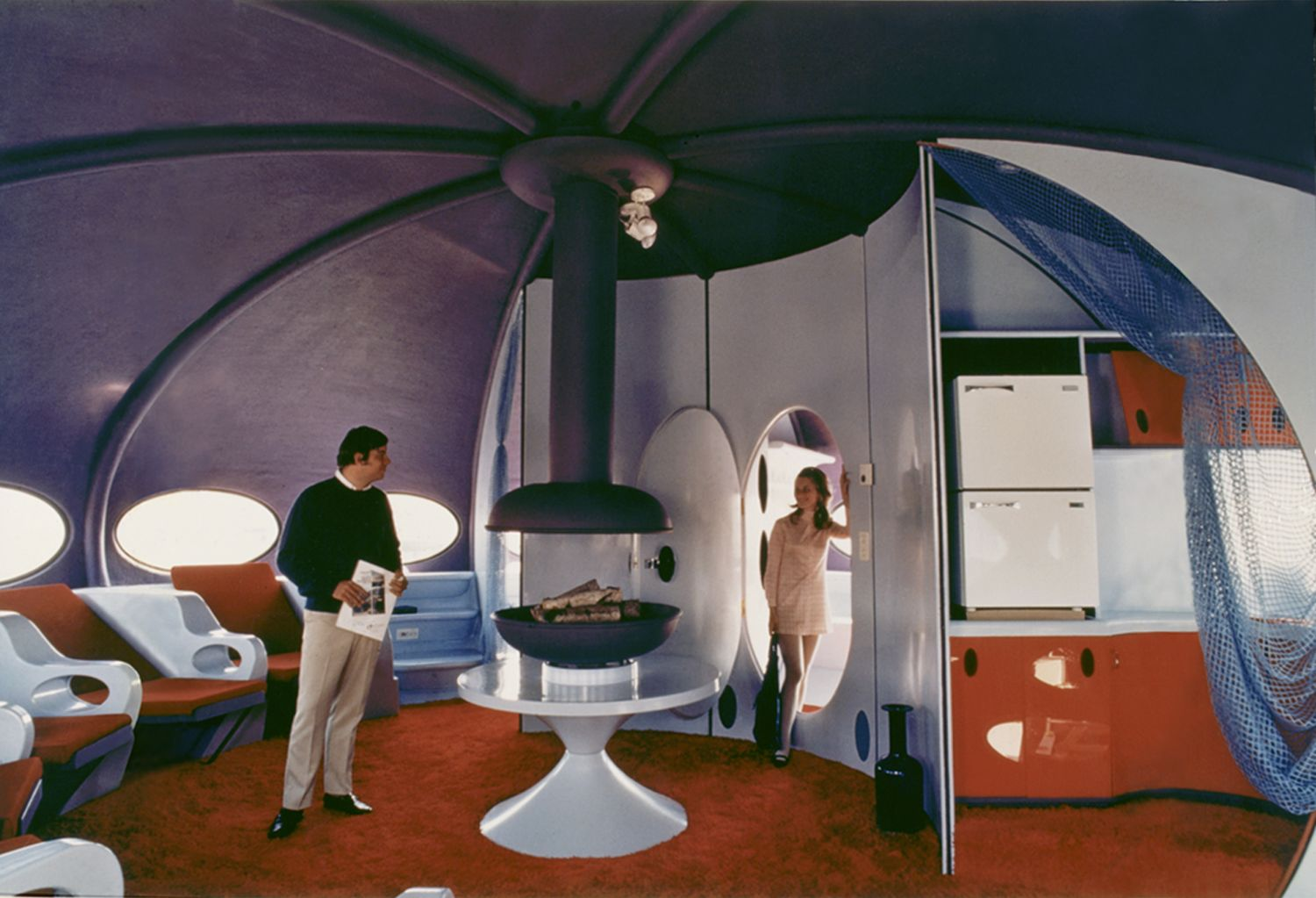
3. Chemosphere, Los Angeles, USA
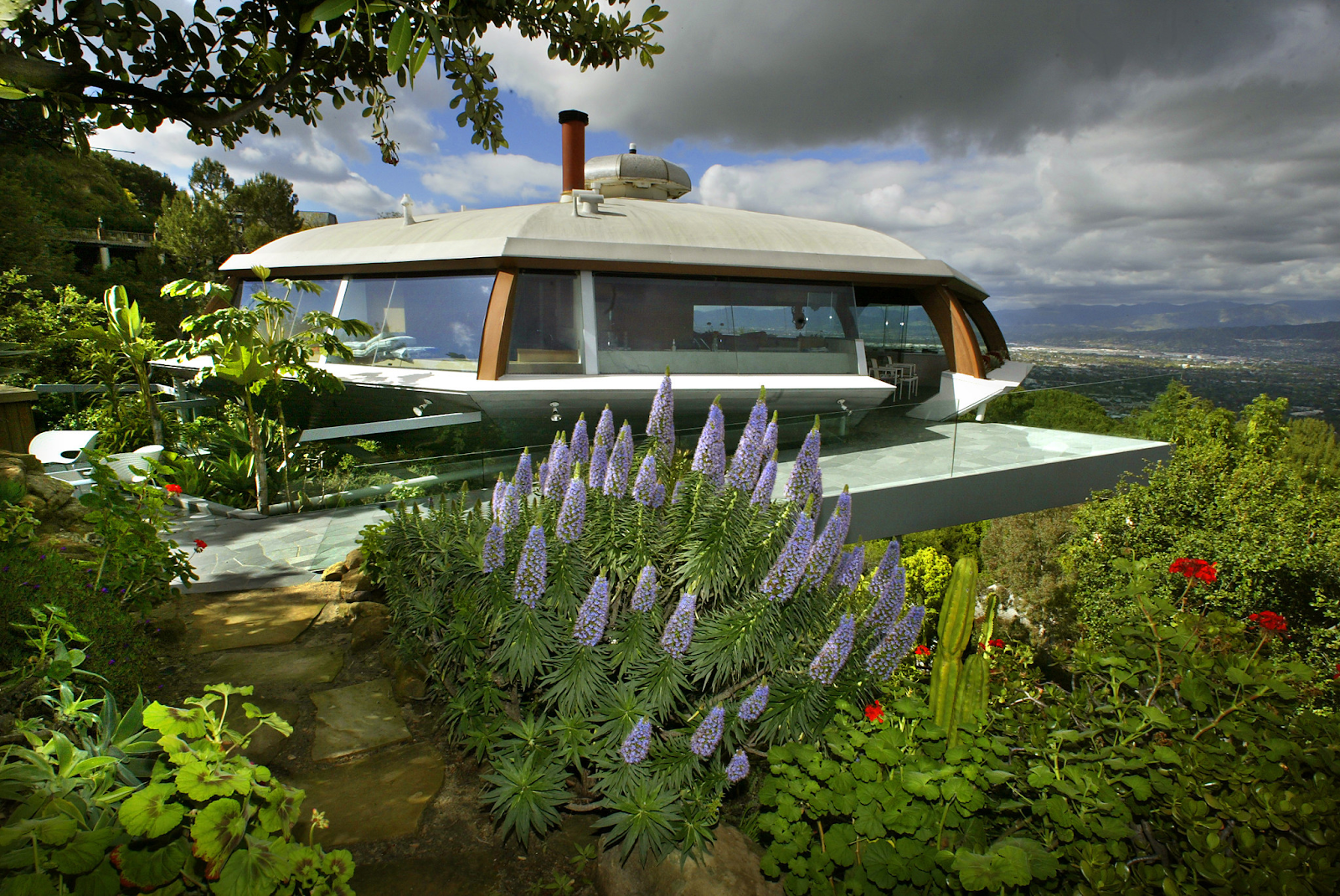
Built in 1960 by architect John Lautner, the Chemosphere quickly became an icon. It is an octagonal capsule perched on a 9-metre concrete column on the steep slopes of the Hollywood Hills. From a distance it seems to hover above the ground, with panoramic views of Los Angeles.
At the time, Encyclopaedia Britannica described it as “the most modern home in the world”. Today it stands as a landmark of modernist architecture and a reminder of how design can challenge gravity itself.
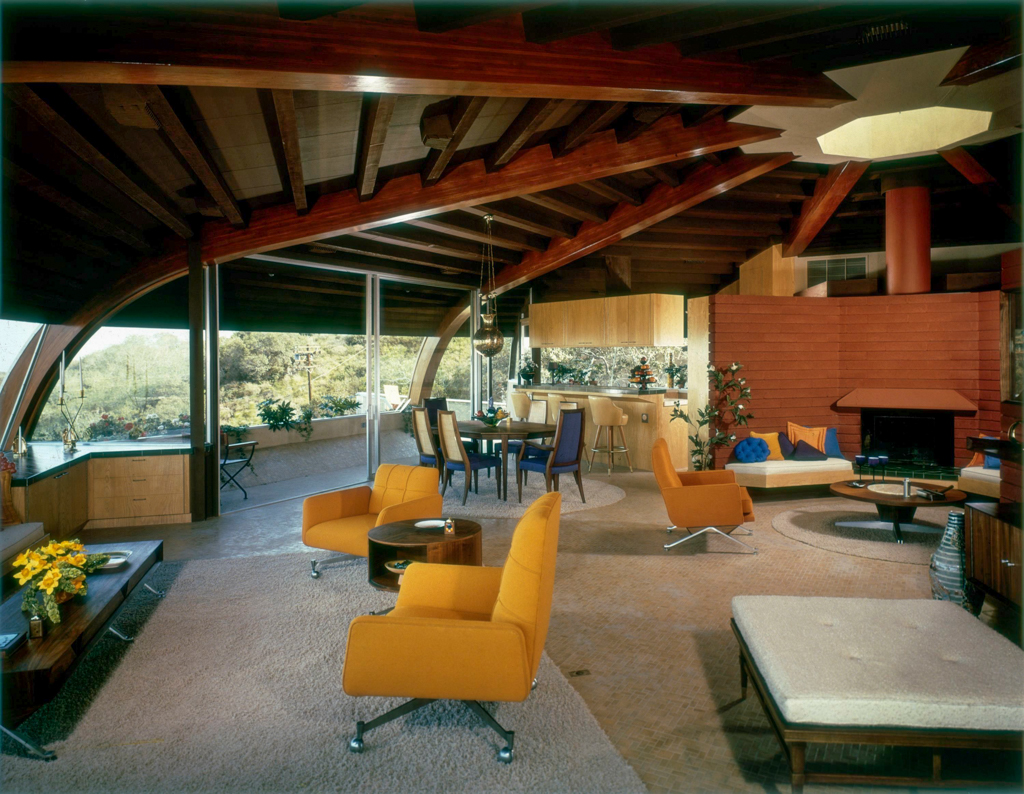
4. Antilia, Mumbai, India
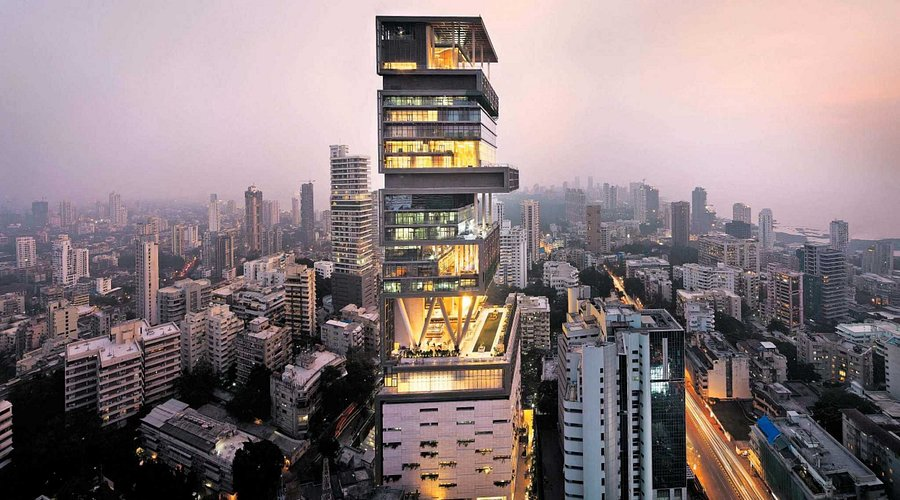
The skyscraper Antilia is one of the most expensive private homes in the world, belonging to billionaire Mukesh Ambani. At 173 metres tall, it resembles a vertical city with gardens, swimming pools, helipads, and even its own temple.
Valued at over $1 billion, Antilia has become a symbol of a new type of futuristic living — a self-contained ecosystem providing everything its owners might need within a single building.
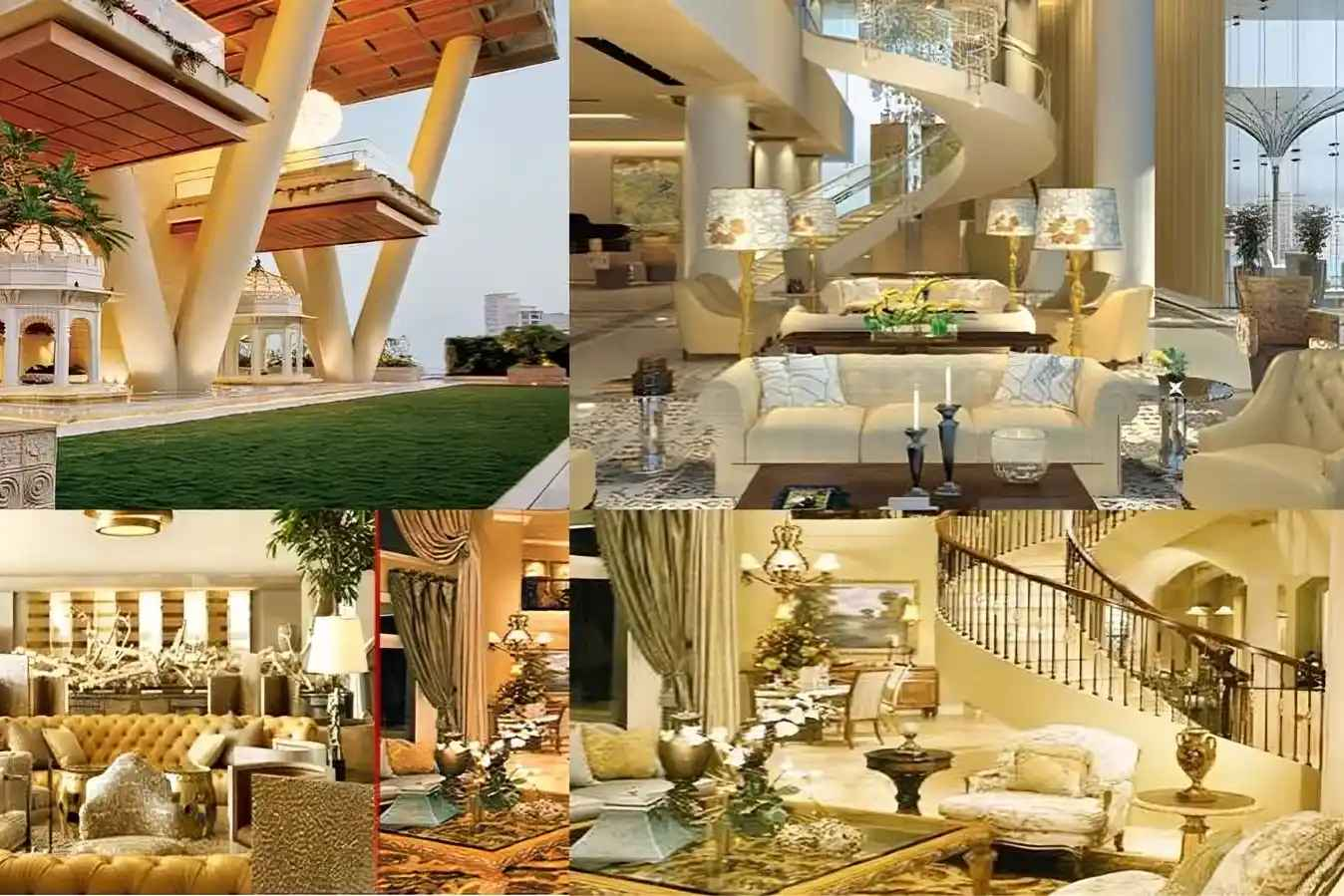
5. Majara Residence, Hormuz Island, Iran
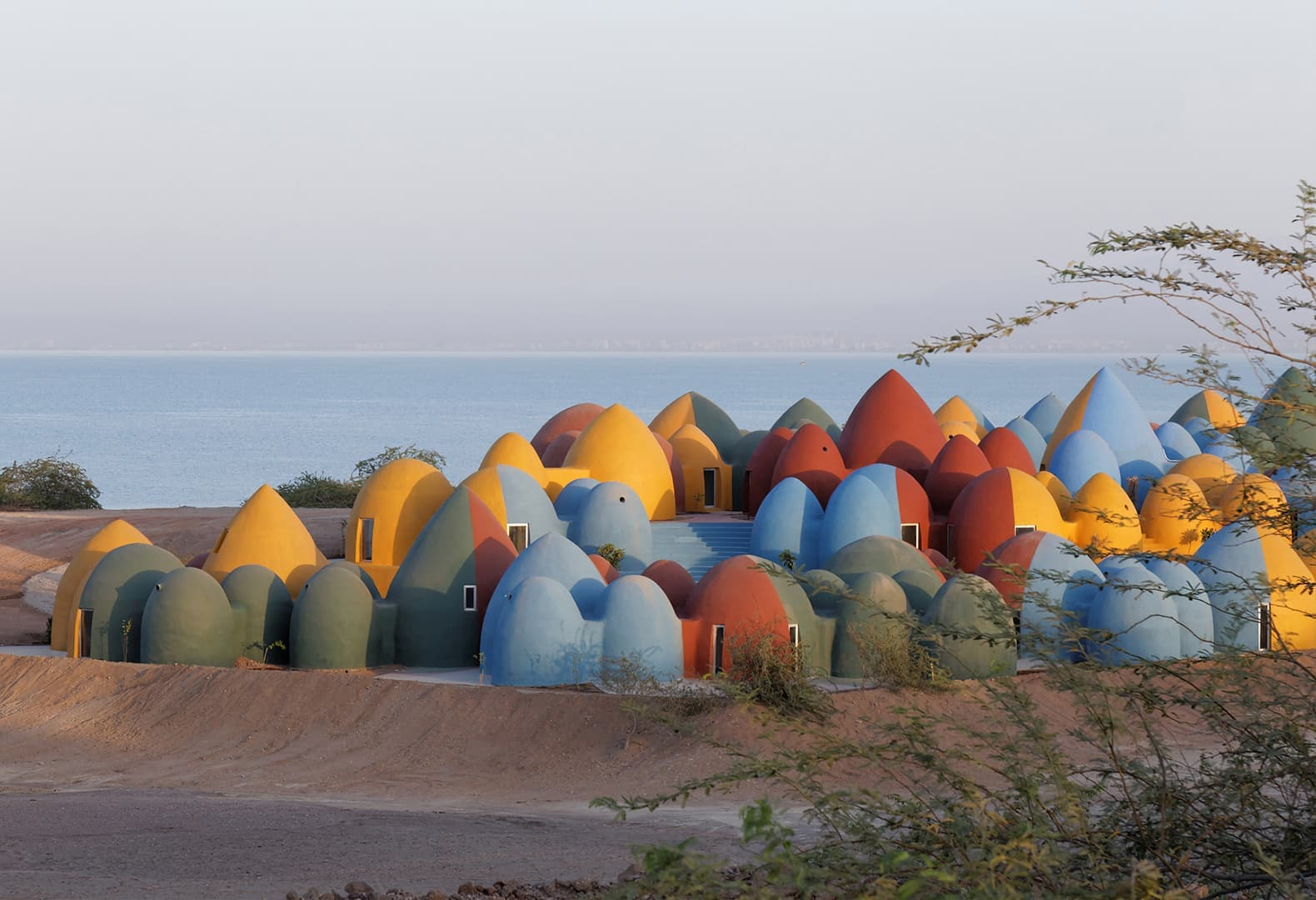
Majara Residence is a vibrant complex of colourful domes built on Hormuz Island in the Persian Gulf. Constructed using the sustainable “super-adobe” method — sandbags filled with earth — it is both eco-friendly and visually striking.
The result looks more like the set of a fantasy film than a housing project. Majara Residence stands as a model of how architecture can merge traditional building techniques with futuristic vision.
6. Eden Project Biomes, Cornwall, United Kingdom
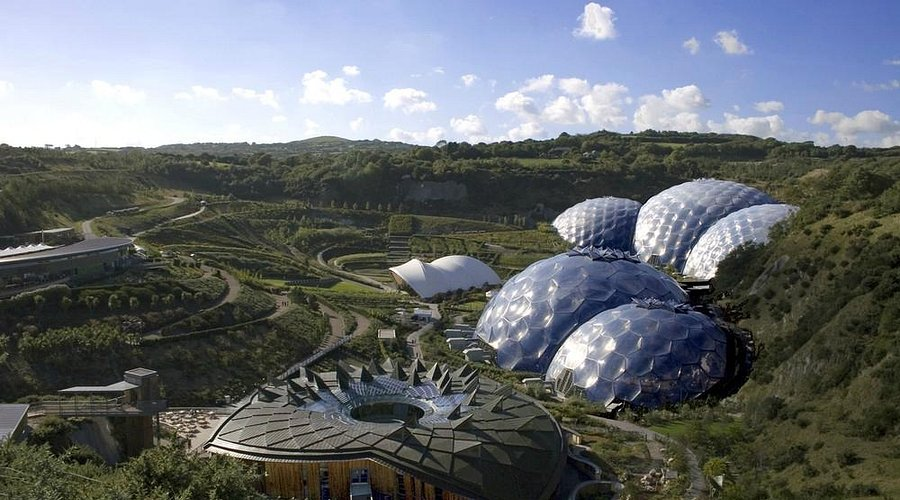
Strictly speaking, the Eden Project is not a home but a collection of giant geodesic domes in Cornwall housing the largest indoor tropical gardens in the world. The transparent hexagonal panels make the structures look like alien colonies.
Many architects view the Eden Project as a prototype for housing of the future — domed settlements on Mars or the Moon. It is also a powerful reminder that architecture can both inspire and support sustainability.
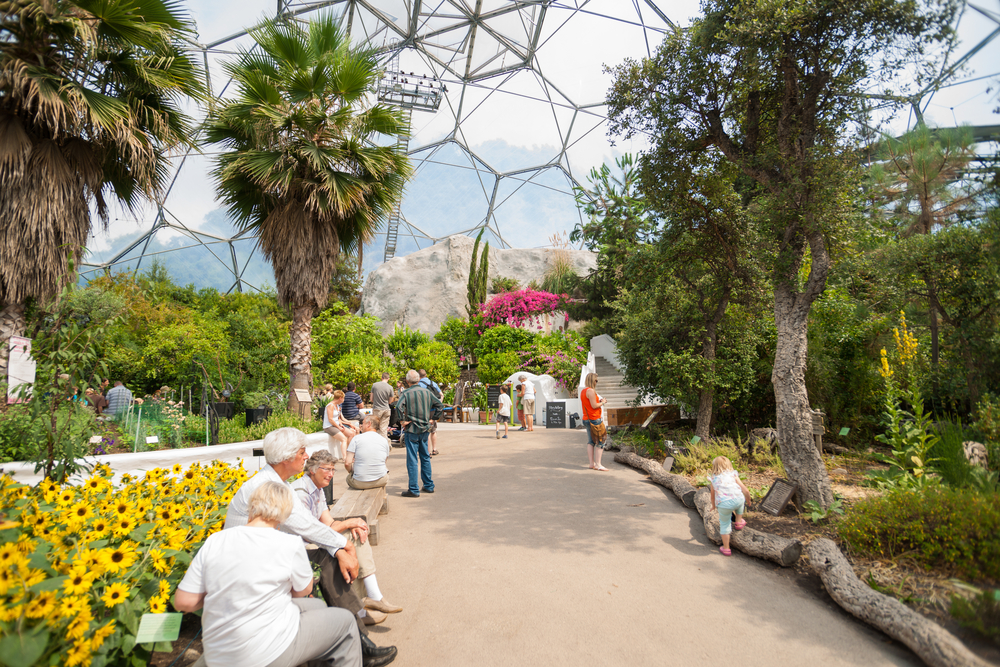
7. The One, Los Angeles, USA
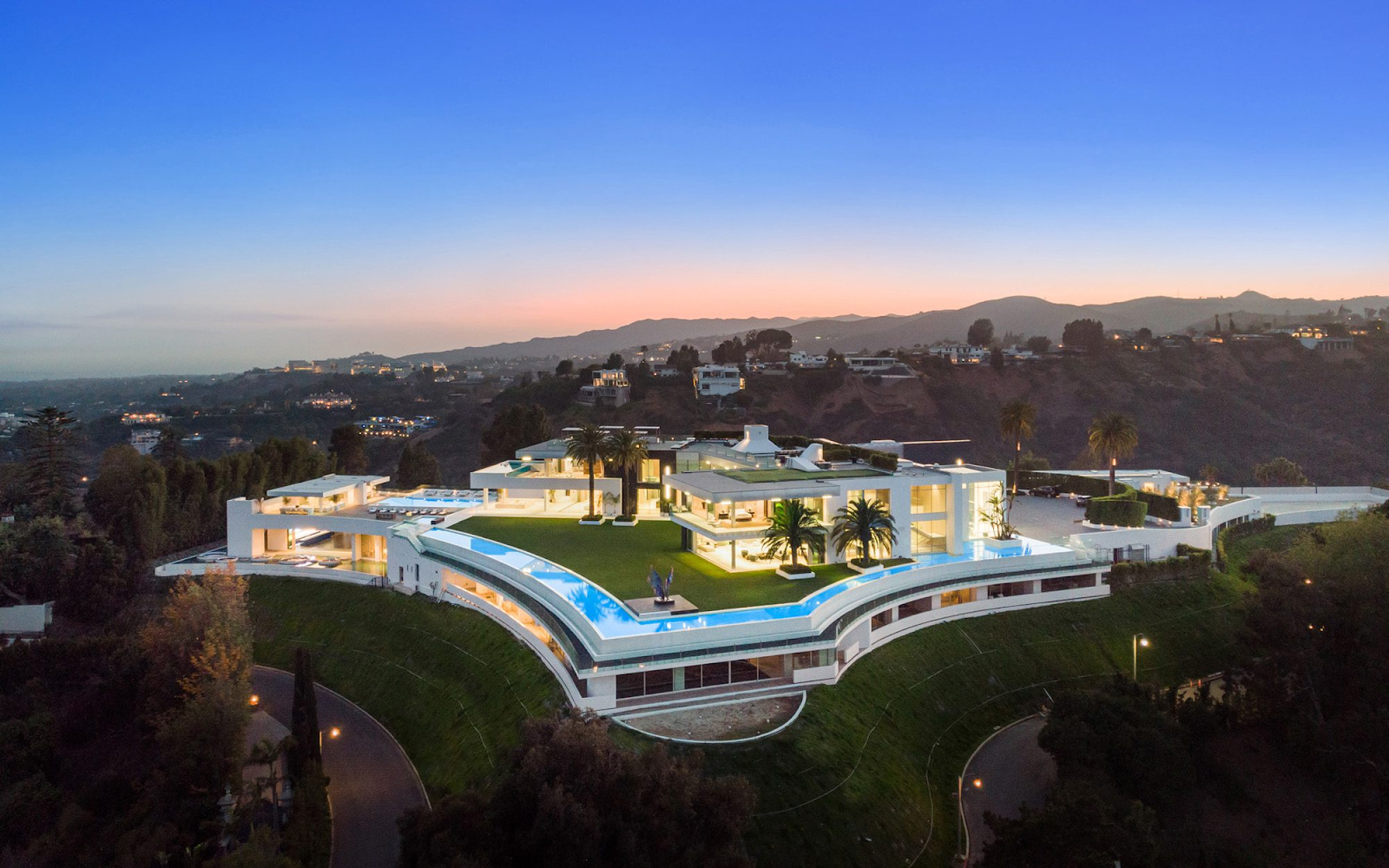
Completed in 2021, The One in Bel Air is the largest and one of the most expensive private residences in the United States. With a floor area of more than 9,700 m², it contains 21 bedrooms, 42 bathrooms, a nightclub, bowling alley, 30-seat cinema, five swimming pools, and a garage for 50 cars.
Designed in a hi-tech luxury style with minimalist lines and sweeping glass walls, The One is a statement of 21st-century extravagance and a touchstone in discussions of contemporary architecture.
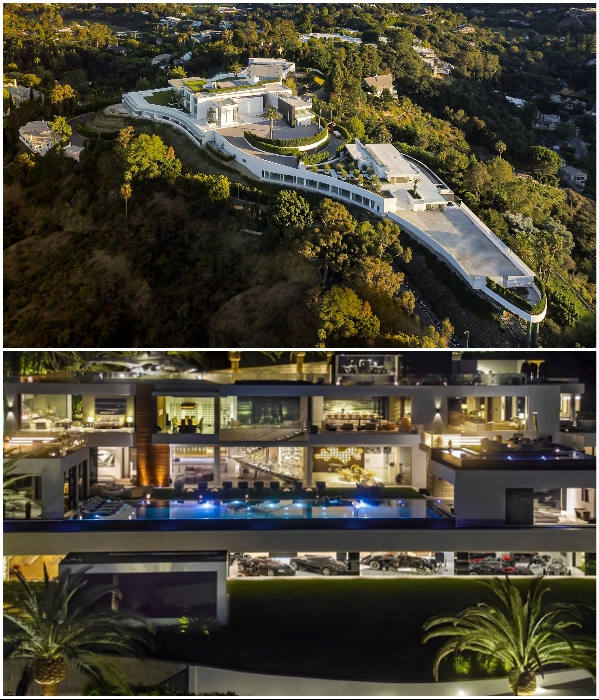
8. House NA, Tokyo, Japan
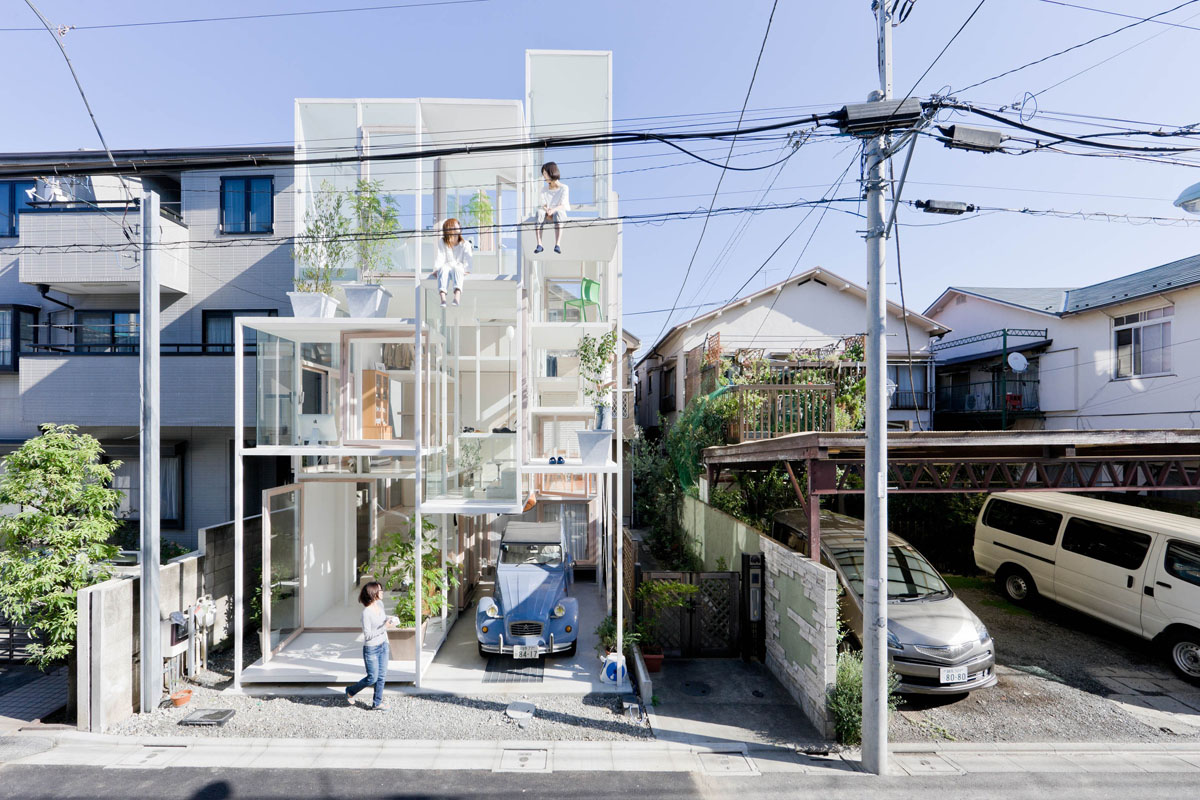
Created by architect Sou Fujimoto, House NA is a fully transparent glass home in central Tokyo. Instead of conventional walls and floors, the space is divided into a series of staggered platforms connected by staircases.
Living here feels like inhabiting a giant glass treehouse. It is as much a philosophical experiment as it is a home — a manifesto of openness and a reimagining of life in a modern metropolis.
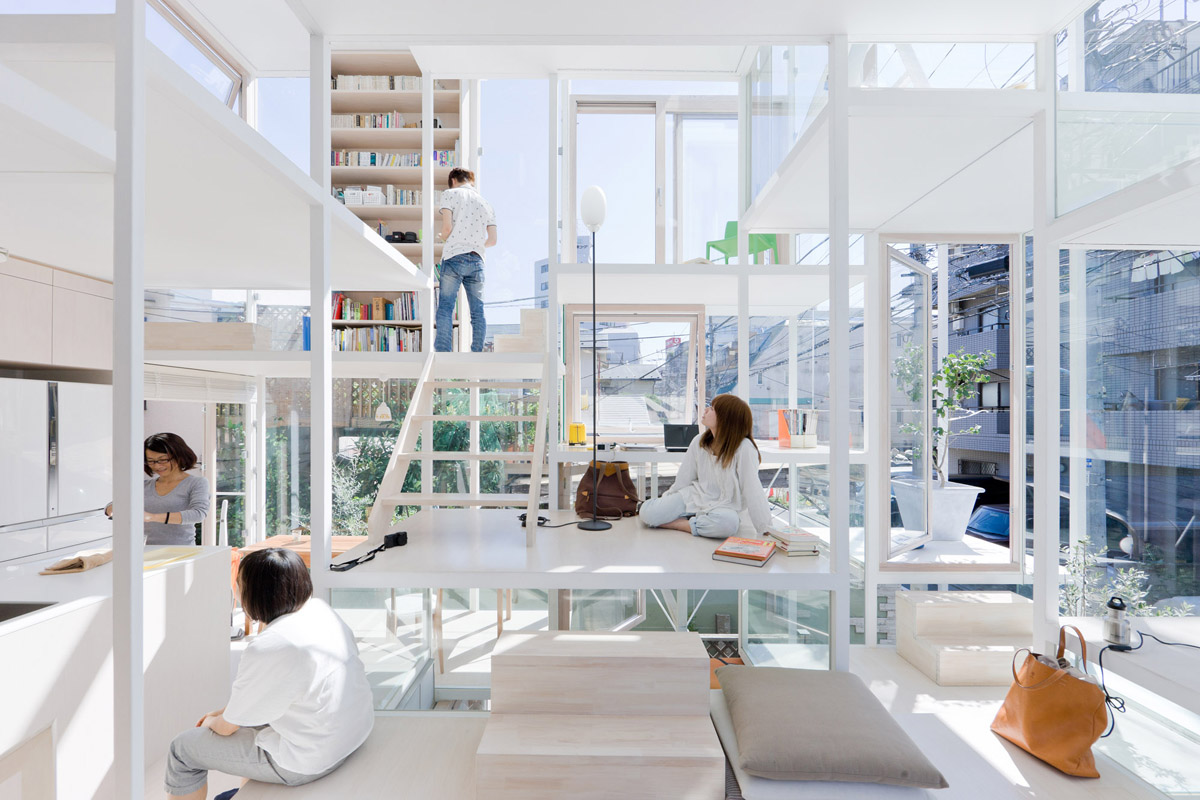
9. Casa Brutale, Greece
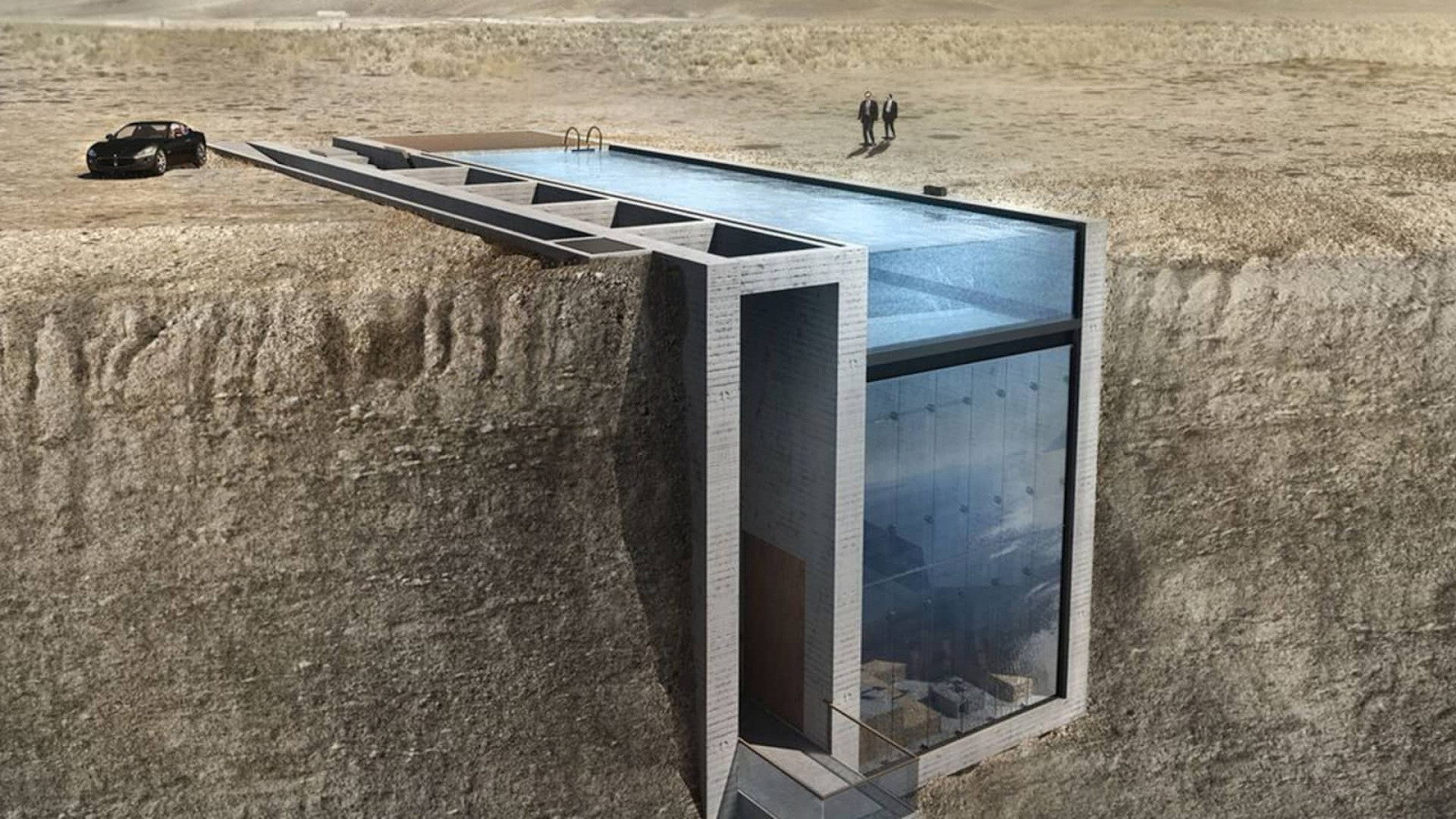
Originally a viral concept, Casa Brutale was later brought to life. It is literally carved into the side of a cliff, with a rooftop swimming pool forming its ceiling.
A vast glass façade opens towards the sea, creating the impression of complete immersion in nature. Casa Brutale is now a symbol of daring, radical architecture in the 21st century.
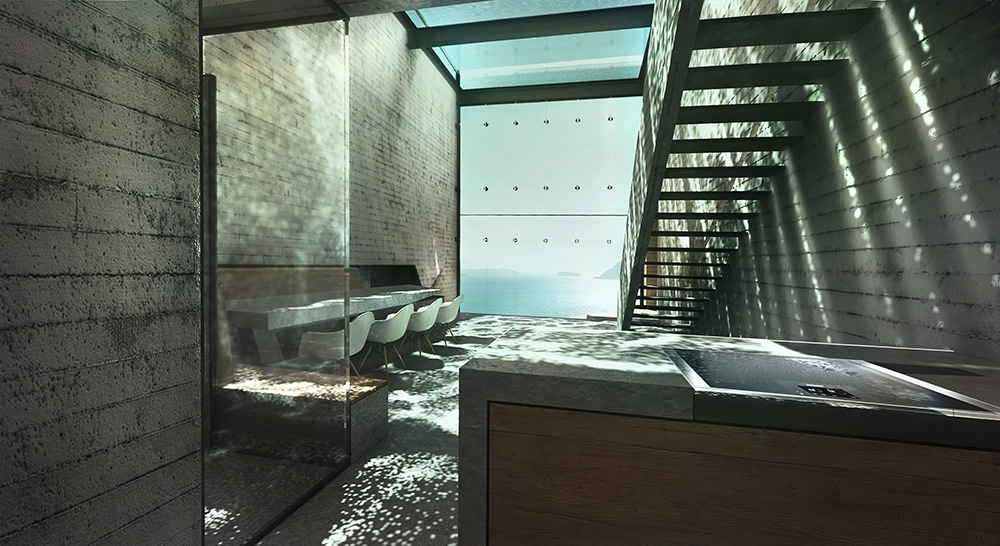
10. Water Discus Villas, Dubai (prototype)
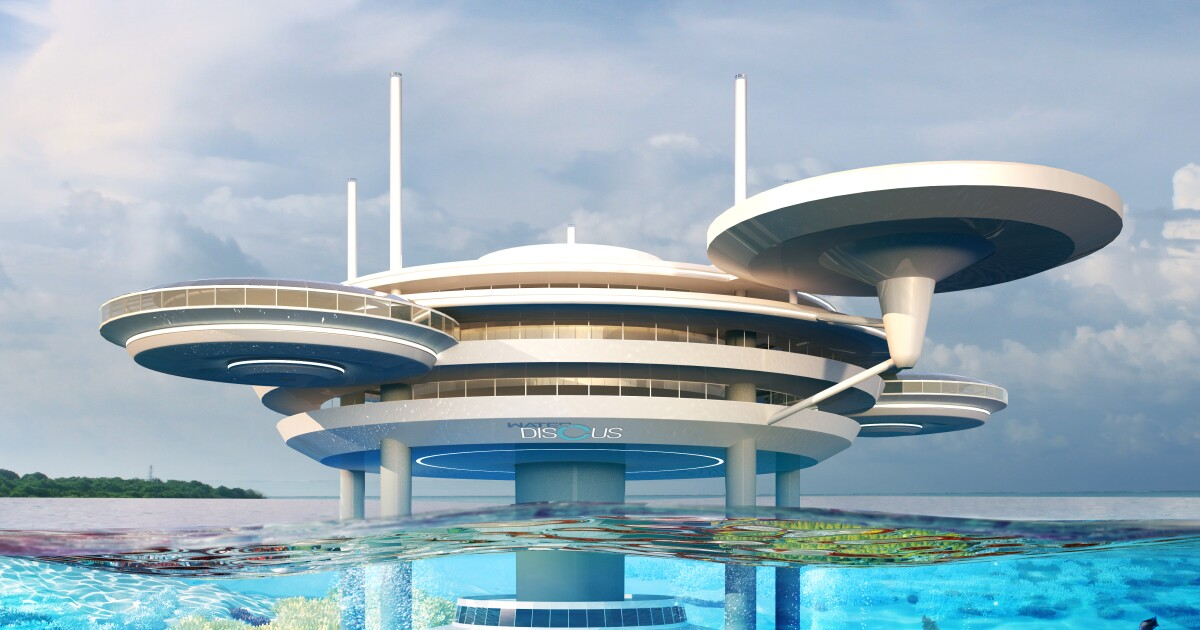
These futuristic villas are designed as disc-shaped modules, with part of the structure submerged beneath the sea. Though only prototypes have been built so far, their very existence signals that underwater living may soon move from science fiction to reality.
The project is testing waterproofing, structural resilience, and human comfort in a marine environment. It marks a step towards a future where people may live beneath the waves as naturally as they do by the shore.
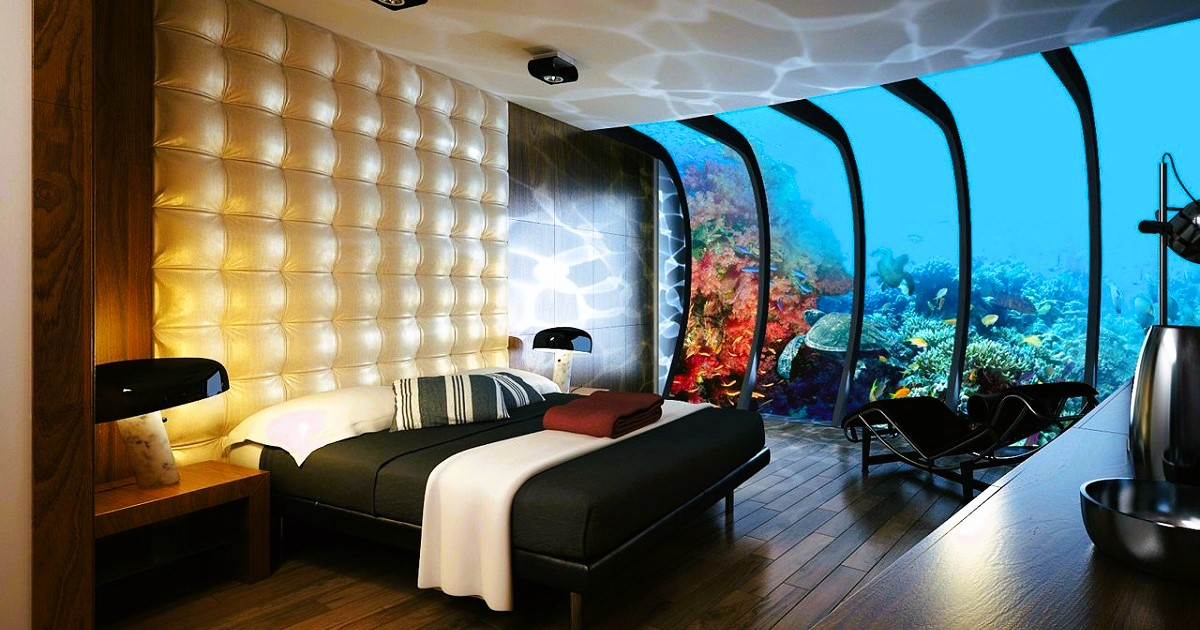
11. Modern Cave Houses, Cappadocia, Turkey
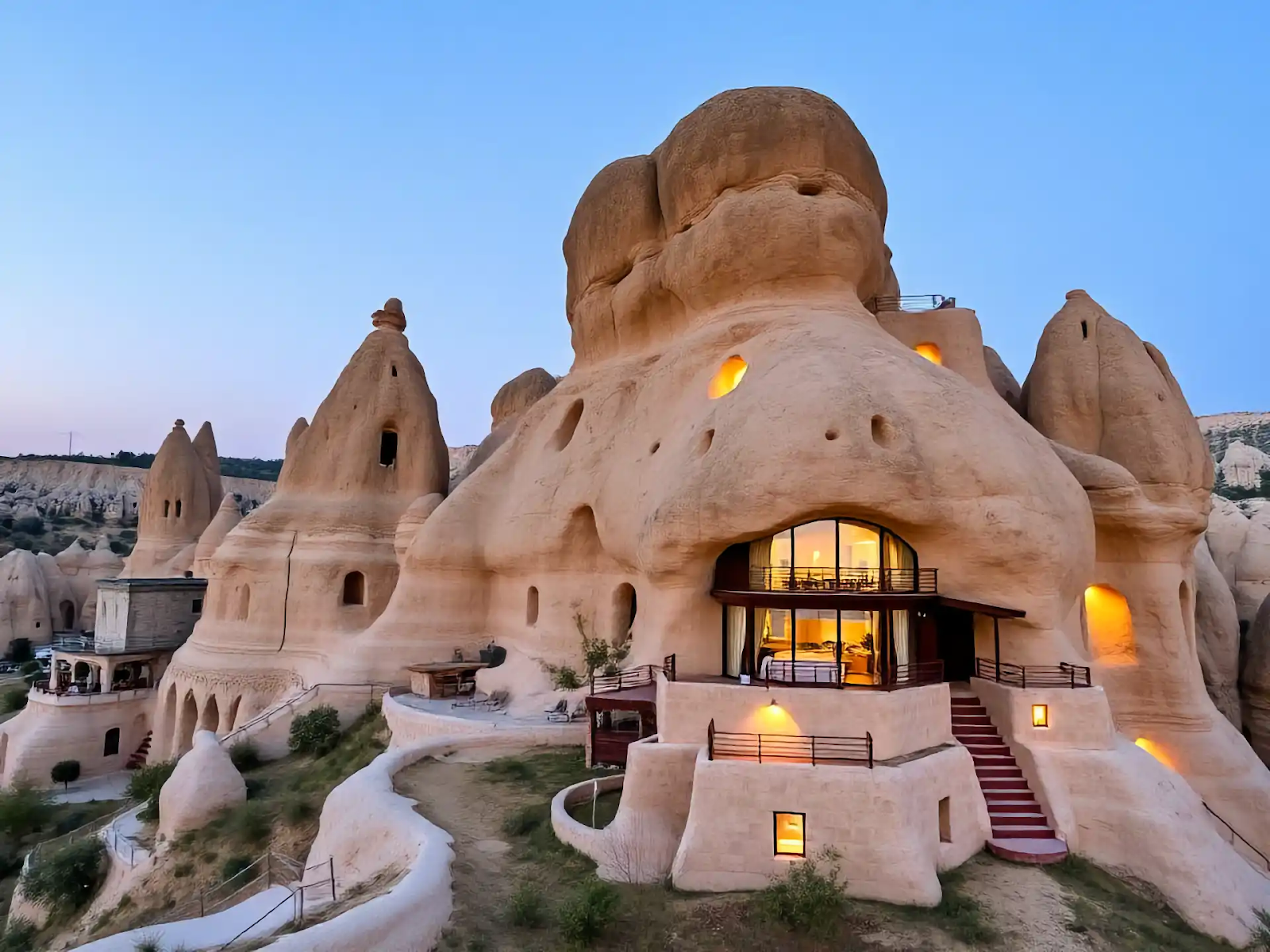
The ancient cave dwellings of Cappadocia are being transformed into boutique hotels and private residences. Equipped with glass facades, atmospheric lighting, and smart interiors, these spaces seamlessly combine old-world charm with high technology.
They offer the rare chance to live within history while enjoying all the conveniences of modern luxury. This marriage of past and future makes Cappadocia’s cave houses unique among global examples of residential architecture.
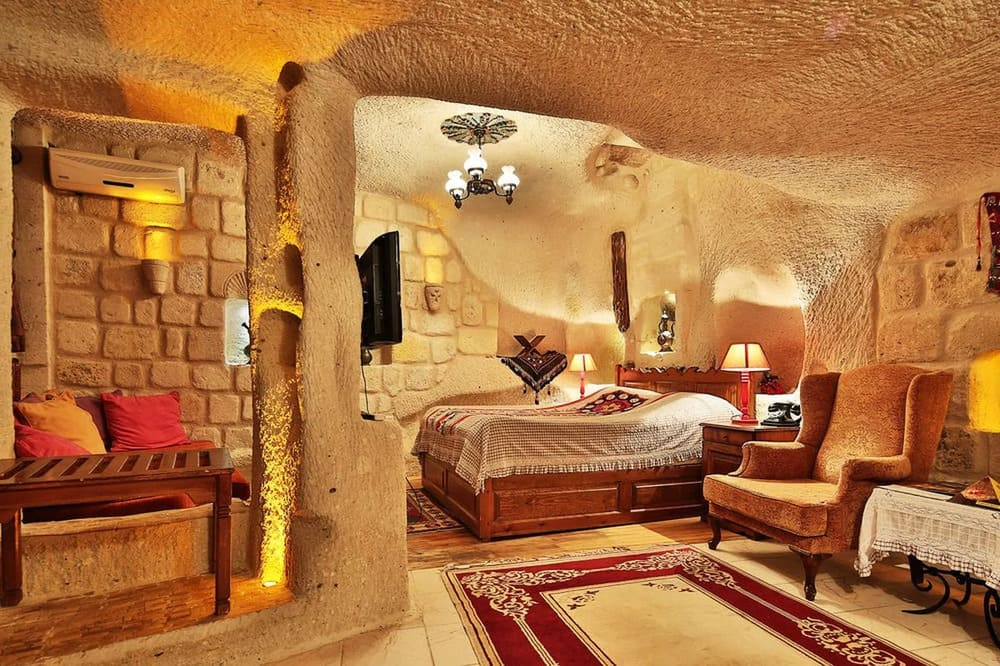
12. Mars House, virtual property
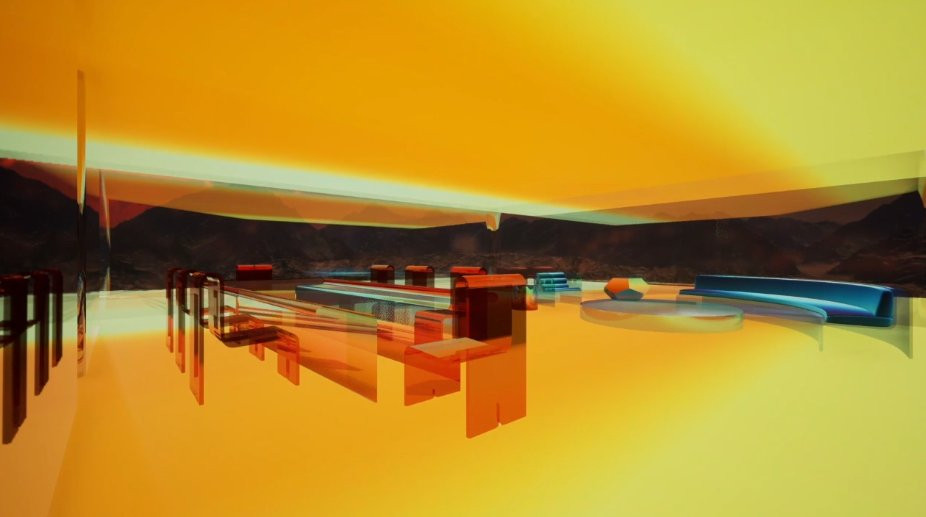
Mars House is the world’s first fully digital home, sold as an NFT. Created by artist Krista Kim in 2021, it was purchased for more than $500,000.
This virtual house features transparent walls, neon-lit interiors, and views of a Martian sunset. Mars House proves that futuristic living is not confined to concrete and steel — it also includes the digital spaces where humans will increasingly meet, work, and live in the metaverse.
Why They Captivate Us
What unites all of these futuristic homes is their willingness to break boundaries. Whether underwater, on a cliff, high in the sky, or in a digital realm, they redefine what it means to live somewhere. They are not just buildings, but manifestos of human imagination and technological progress.
✨ Discover more extraordinary properties at anisad.com

